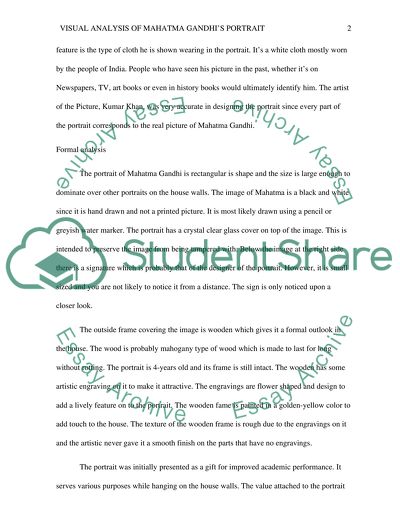Cite this document
(“Visual analysis of Mahatma Gandhis portrait Assignment”, n.d.)
Retrieved from https://studentshare.org/visual-arts-film-studies/1692515-visual-analysis-of-mahatma-gandhis-portrait
Retrieved from https://studentshare.org/visual-arts-film-studies/1692515-visual-analysis-of-mahatma-gandhis-portrait
(Visual Analysis of Mahatma Gandhis Portrait Assignment)
https://studentshare.org/visual-arts-film-studies/1692515-visual-analysis-of-mahatma-gandhis-portrait.
https://studentshare.org/visual-arts-film-studies/1692515-visual-analysis-of-mahatma-gandhis-portrait.
“Visual Analysis of Mahatma Gandhis Portrait Assignment”, n.d. https://studentshare.org/visual-arts-film-studies/1692515-visual-analysis-of-mahatma-gandhis-portrait.


